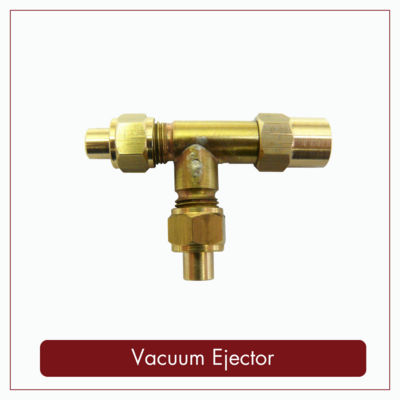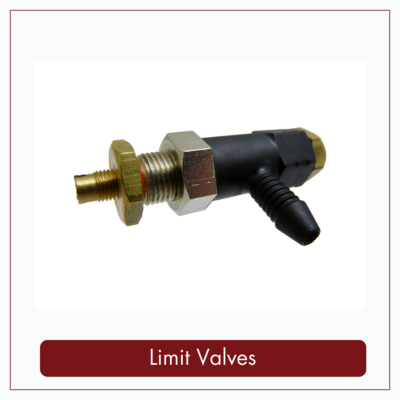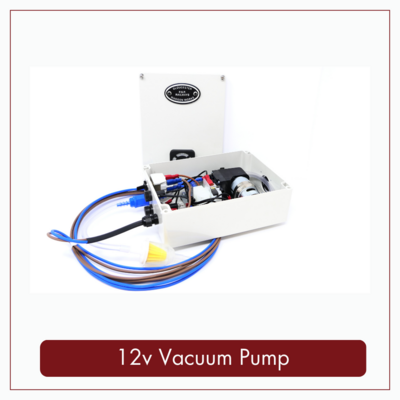top of page
Vacuum Creators
The choice between a vacuum pump and a vacuum ejector will depend on the specific requirements of the train's brake system. If the miniature locomotive train is powered by a steam locomotive, a vacuum ejector may be the more traditional and authentic choice for creating a vacuum in the brake system. This is because a vacuum ejector uses steam from the locomotive's boiler as the motive fluid, which is readily available and does not require an additional power source. A vacuum ejector can also be relatively inexpensive and easy to maintain, making it a practical choice.
However, if the miniature locomotive train is powered by electricity or another non-steam source, a vacuum pump may be the more practical choice for creating a vacuum in the brake system. A vacuum pump can be powered by electricity or battery and can be installed as a separate unit on the locomotive or as a central system for the entire train. A vacuum pump can also provide greater control and efficiency over the creation of a vacuum, which may be important for larger and more complex train systems.
Overall, the choice between a vacuum pump and a vacuum ejector for miniature locomotive trains will depend on factors such as the type of locomotive and power source, the size and complexity of the system, and the desired level of control and efficiency in the brake system.
bottom of page





